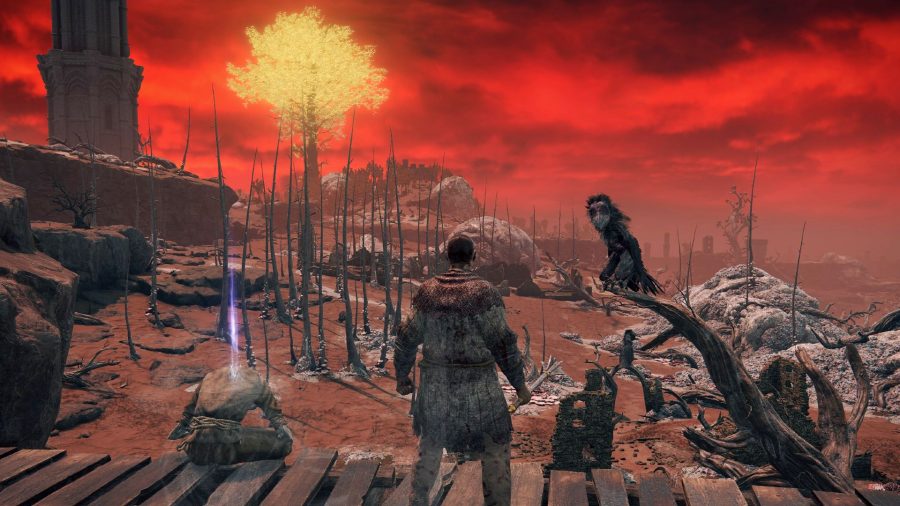
When Elden Ring's open world was revealed it did look a tiny bit formulaic. Bandit camps, crafting mechanics, tileset dungeons and catacombs, and light emergent gameplay in the form of moving caravans. Nothing new here, right? Now it's out, it's pretty clear that Elden Ring is something special. The kind of special that has us handing out perfect review scores (you can check out our Elden Ring review here) and endlessly poring over every tiny detail. Everyone is talking about it, almost uncontrollably. There are discussions on how to kill massive knights with names like Godrick, Godfrey, and Godwyn, ceaseless chatter about apocalyptic sorceries and impossibly large swords, and arguments about supposed reptiles that are definitely dogs.
This is, then, a fantastic opportunity to take stock. Open-world game development over the past decade has grown increasingly stale, dead-eyed, and predictable. There are crucial lessons that can be learned from Elden Ring's success.
If we could only convince other studios to internalise the spirit and intention of Elden Ring, the genre would be refreshed and revitalised. We wouldn't let out a heavy, involuntary sigh the next time someone on a conference stage proudly proclaims their game world is 8,000 thousand times bigger than Earth, and contains 900 missions. We'd trust again, like we once did, that open worlds are exciting places.
RELATED LINKS:
The best Elden Ring staff locations
Elden Ring Radahn boss fight guide
Elden Ring patch 1.03 busts your build
